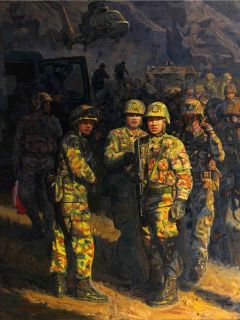The Superhero Database Classification number, or SHDB Class, is a number that represents the overall 'power' of a character. All traits of a character are used for calculating the Classification.
What it DOESN'T mean
This doesn't mean that a higher class would always beat a lower class character. But the bigger the difference in Class is, the more obvious it is who'll win in a fight.
How is this calculated
( INT^1.3 + (STR*0.5 )^2 + (SPE*0.5)^2 + DUR^1.6 + (POW + (SPS*SPL))^2 + COM^1.8 ) ^ TIER
Super Power Score and Level
Every Super Power has a score (SPS) that is used to calculate the Class. Each Super Power also has 3 levels (SPL). The level is set when connecting that Super Power to a character. The level determines the final score, of the Super Power, being used in the calculation.



